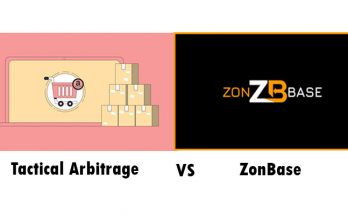The term ‘workwear’ is a fairly broad term that, thanks to the evolution of the language, now includes any clothing a person might wear at work. Within the broader definition are more defined distinctions. For example, people who work in food production and the healthcare industry might wear hygiene workwear. Clothing items in this category are designed with the understanding that clothing can pass germs and other contaminants.
Alsco, the Utah company that pioneered uniform rental in the late 19th century, says that uniform providers define hygiene workwear in different ways. It all depends on the clients they serve and the industries those clients are involved with. In Alsco’s case, they provide hygienically clean uniforms for healthcare and food service. They also provide uniforms for other industries.
In short, hygiene workwear is clothing designed to minimize the risks of spreading contaminants and disease. The thing to understand is that this sort of workwear only reaches its full potential when combined with certain practices. Those practices are outlined below.
Clean Uniforms Daily
The foundation of a hygiene workwear program is a clean uniform daily. In other words, workers do not wear the same uniform multiple days in a row. The idea here is to deal with soiled uniforms at the end of each working day. A company getting its uniforms from Alsco would instruct employees to put soiled uniforms into a laundry bag or hamper and don a new uniform the next day.
Hand-in-hand with daily uniforms is the idea that uniforms should never leave the premises except when being retrieved by a laundry service representative. Workers should not be taking their uniforms home with them. Why? Because they can bring contaminants with them back into the workplace. As such, clean uniforms are stored on-site in a clean dressing room environment.
Long Sleeves and Gloves
Some hygienic environments call for workers to wear long sleeves and gloves. Food service production is a good example. Workers wear lab coats with long sleeves as well as disposable latex gloves. This prevents any germs, hair, etc. from being transferred from a worker’s skin to food items.
Curiously enough, healthcare facilities are trending away from long sleeves. Doctors, nurses, and technicians are urged to wear short sleeves with the understanding that long sleeves are a harbinger for germs that can be passed from staff to patient. Clinicians still use disposable gloves when appropriate.
No Pockets on Top
Another characteristic of hygiene workwear is the lack of pockets on shirts and jackets. A standard hygiene policy says no pockets above the waist. Why? Because pockets can collect all sorts of contaminants. Keeping them below the waist reduces the chances of contaminants being transferred from worker to work surface.
Disposable Uniform Items
Alsco says that disposable uniform items are sometimes appropriate. In the food service production plant for example, linen aprons might be replaced with disposable aprons among workers who frequently switch tasks. By changing aprons every time a switch is made, there is less of a chance of cross contamination. Disposable aprons are made of paper or a cheap plastic material.
Uniform Laundering
Finally, hygienic workwear is laundered in such a way as to eliminate pathogens, microbes, etc. completely. A truly hygienically clean uniform doesn’t just look clean, it is as clean as can be. This is critical in environments in which the need for hygiene is uncompromising.
Hygiene workwear is not the norm in terms of sheer volume. But it is becoming increasingly more common in healthcare, food service production, and other industries. It really does make a difference.





